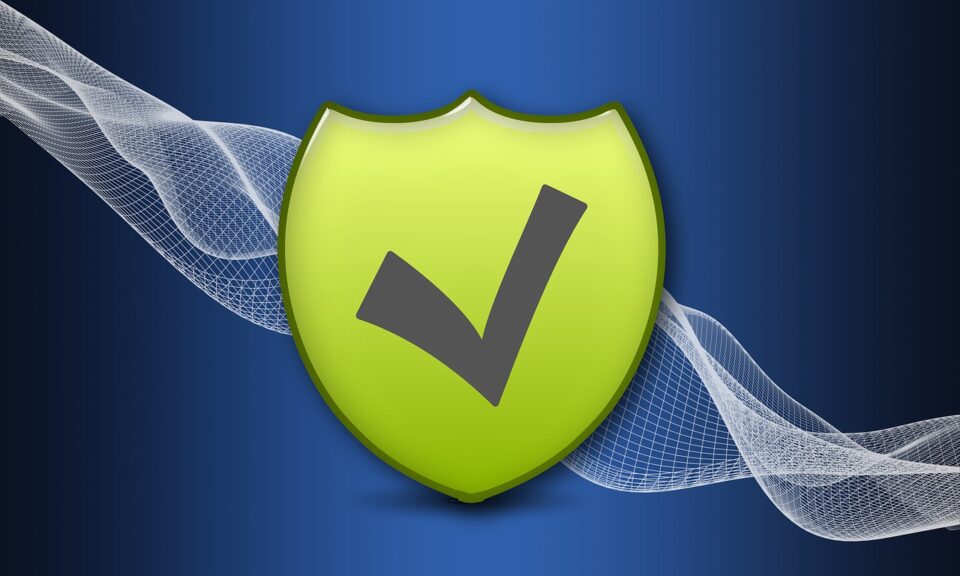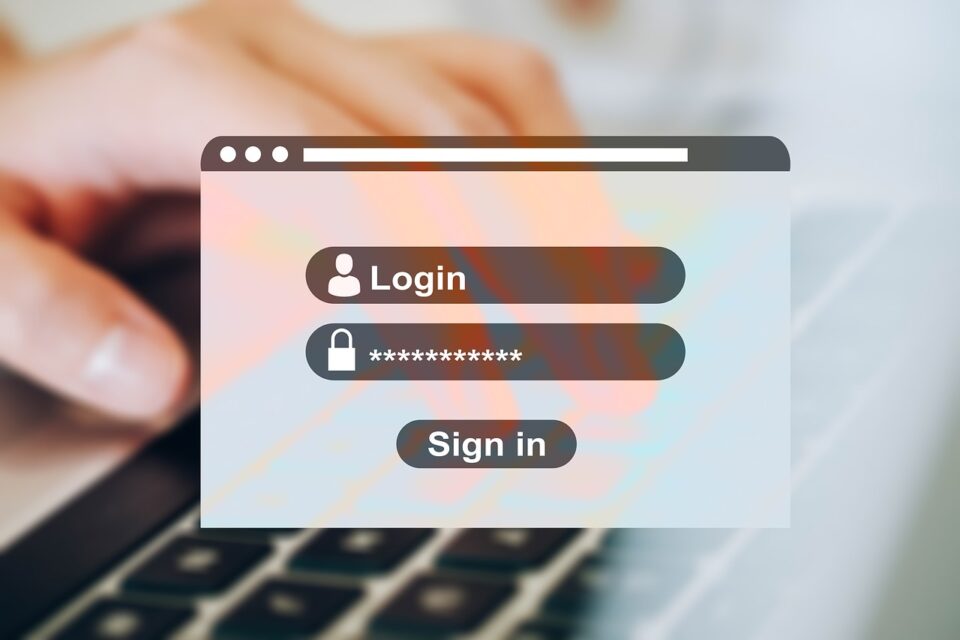

Remote working is becoming an increasingly popular way for organizations and their staff to operate. But it’s crucial that you know how to do it properly.
The popularity of remote working has been growing for several years, but this growth has been accelerated by the Covid-19 pandemic. Working from remote locations, however, doesn’t come without challenges. A home, for example, wasn’t built to be used as a workplace. And it’s unlikely that a home will come pre-loaded with powerful communication options. But challenges such as these can easily be tackled.
All you have to do is take a look at our 5 best tips to make remote working on a PC a success.

Enhancing the Remote Working Experience
Simplicity is an essential part of any infrastructure and remote working is no different. Therefore, make sure you integrate these simple tips into your remote working setup:
- Comfort is Key: It’s important that you create a suitable working space for setting up your PC. A quiet location with minimal distractions is vital, so it’s a good idea to set up in a location away from TVs and any other noise sources. The most pressing element, however, is a good chair. You’re going to be sitting in the same seat for several hours a day, so you need to get one which is both comfortable and suitable.
- Collaboration Tools: Communicating while remote working is very different to communicating when all employees are based in a central location. Naturally, this can lead to an increase in the time taken to answer queries, but it’s easy to work around this. Software such as Microsoft Teams, Discord and Slack allows employees to communicate and collaborate with ease.
- Invest in Your Equipment: Whether you’re using your own PC or a work issued one, it pays to invest in your technology. It may be as simple as upgrading your internet connection to increase connection speeds and reliability. Alternatively, you may wish to invest in replacement peripherals which are more ergonomic such as mice, keyboards and headphones.
- Use Calendar Apps: Without a team around you, it’s difficult for you to keep on top of things. After all, an office full of employees can quickly remind you that you have a meeting coming up. But a remote worker doesn’t have this luxury. Therefore, using calendar apps such as Google Calendar and Microsoft Calendar can prove invaluable. Take time each week to set up important reminders in these to ensure you remain on top of your schedule.
- Don’t Ignore Technical Issues: One of the drawbacks of remote working is that a technical issue can quickly disrupt your day. The luxury of jumping on a spare workstation isn’t an issue when you’re away from the office. And this is why it’s crucial that you report all technical issues to your IT team as soon as possible. An early investigation could easily prevent a major technical fault and allow you to stay productive.
For more ways to secure and optimize your business technology, contact your local IT professionals.
Read More













